Challenges facing French brands in 2018
The ranking also highlighted the significant challenges that French companies must tackle to remain frontrunners. It appears that, on average, these 50 French brands were established over a century ago, against an average of only 67 years ago for the Top 50 global brands. Even more worrying is the fact that no new French brand has been able to qualify for this ranking since 2006. In an environment where entire sectors of the economy are now able to emerge and be shaped in less than a decade, it is increasingly vital that the large French brands of today and tomorrow develop this capacity for change and innovation more systematically, in an ongoing search for meaning.
In fact, the increase in consumer expectations on ever shorter cycles, volatile economic and political climates, and even tougher competition and unexpected newcomers can confuse the way forward. In barely 5 years, Airbnb has made things very difficult for French hotel giant Accor, Trump has pulled out of the Paris Agreement, which was finalised in the Obama era during COP 21 when we thought that ecology had become a key issue for the majority of western countries, the Corsicans and Catalans want their independence while we all dreamt of a global village, and 56% of French people report buying products made in France as often as possible while 51% also report enjoying foreign cuisine.
So, are French brands capable of reviving the revolutionary spirit that is so specific to France, and keeping this flame alight every day in order to deeply nurture their business philosophy and brand vision? To do this, we have sought to extract from this study the most relevant levers for brands to activate today, which will without doubt become key factors for success in their global strategy of tomorrow.
Initial findings
As a way of overcoming the challenges, French brands capitalise on visibility and their heritage. But faced with an increasingly elusive global and national setting, the study reveals that the meaning and commitment that brands have are at the heart of the matter. It is this meaning that French brands today are sorely lacking, a meaning that comes to both oversee and direct product innovation, communication and brand experience so as to create a strong emotional connection with consumers. A virtuous ecosystem which, beyond the financial health and the turnover of a business, is a classification criterion for BrandZ, formalised by their ‘Vitality quotient’ tool.
In fact, the higher this quotient, the better the brand does. It multiplies the Brand Power by 4, which means it increases its ability to
- predispose consumers to purchase
- be more resilient when faced with newcomers to the market and fluctuating economic conditions
- justify a higher price and be perceived as a brand that is worth it
- increase future sales by 30% when compared with the average
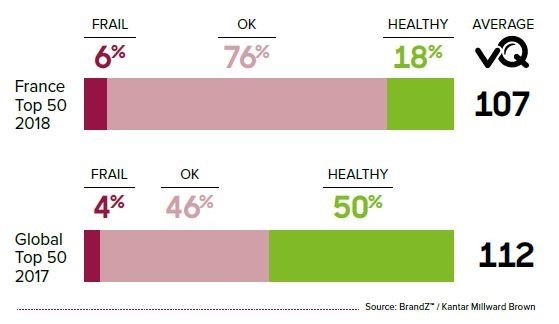
The 'Vitality Quotient' criteria to enhance and add value to your brand
Meaning, or ‘brand purpose’: to show consumers that your brand fights for a cause that makes sense to the individual, their community and society. To find a purpose with impact, you must be able to identify the consumer insight hiding behind the use of your product or service. The study reveals that the French place a lot of importance on the meaning of a brand, and that they do not just settle for those who do good work at a fair price. Over 12 years, the Global Top 100 brands with the highest scores in the area of ‘purpose’ increased in value by 175%, while the others only increased in value by 70%.
• Innovation: innovation that responds to the expectations voiced by consumers is a good thing, but creating surprise by detecting their hidden expectations is even better. As Henry Ford said: “If I had asked people what they wanted, they would have said faster horsesu0022, and the car would have never been created. A relevant innovation will lead the consumer to use it frequently and will develop a strong emotional connection with the brand. This innovation may take the form of a new service, a new range of products or new and useful packaging, like the Daddy pouch.
According to the study, innovation creates a strong predisposition for sales. Brands with elevated innovation scores in the Global Top 100 increased in value by 276% in 12 years, against only 15% for the least innovative brands.
• Communication: advertising, of course, ensures that the brand has the necessary visibility and recognition within the audiences that the brand targets. But visibility alone is not enough: the brand must also carry a message that moves the consumer, that speaks to them, that leaves a strong insight that the brand will address through its commitment and meaning, with which it equips itself. Evian’s ‘Live young’ campaign had a strong impact on the French and carried meaning to the product benefit – purity – by associating it with a strong myth, the fountain of youth.
• Brand experience: this begins well before the consumer thinks about buying a product, and lasts long after purchase and even the time of consumption. Exposure to the advertising, browsing on a website, brand content on social media or even online customer service are all points of contact that build your brand image for consumers.
Today, we can identify two key components of the experience: the packaging, which is one of the rare items to enter into familiarity with the consumer, whether that is at home, in their bag or at work. For example, Lov Organic packaging is something that you want to display at home, both for its status and for the values and lifestyle that are associated with it, those of the Danish concept of hygge. The second key component is retail, where the brand has full command of what it wants to offer its consumer, such as the new Maille concept.
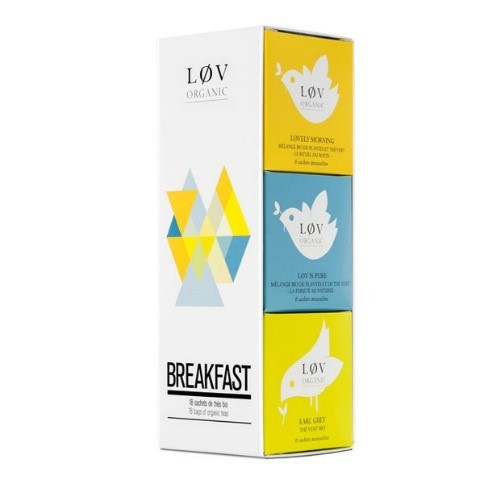
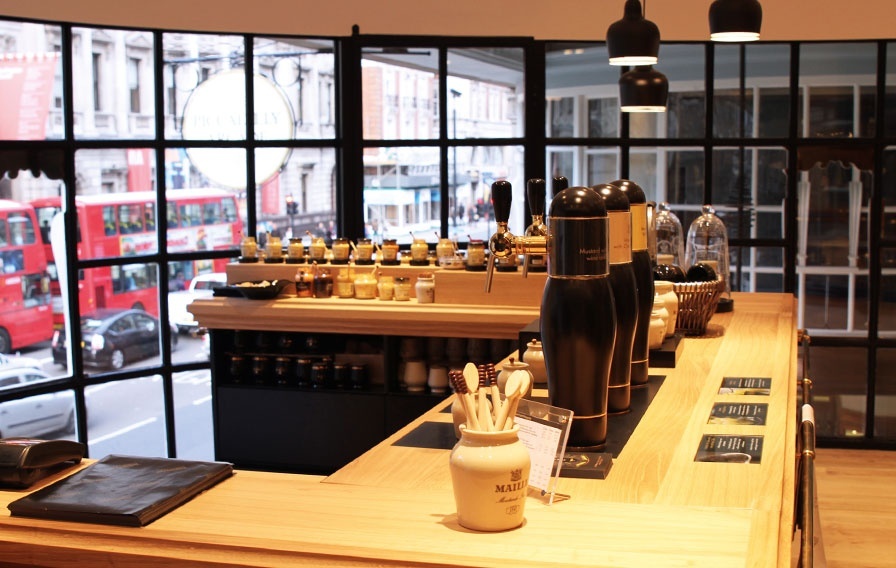
The brands in the Global Top 100 ranking that deliver the strongest experiences increased in value by 188% over 12 years, while those that had the weakest scores only increased their value by 18% in the same time frame.
• Emotion or emotional connection: this is the emotional affinity with the brand, something that is difficult to buy or produce. However, you can create conditions that are conducive to the emergence of this emotional connection to the brand. It is the result of all the investments that you will have made to build a consistent purpose across your communication, innovations and brand experience, like for example RED by SFR.
Among the most liked brands in the global ranking, the brand value increased by 191% while the others only increased by 32%.
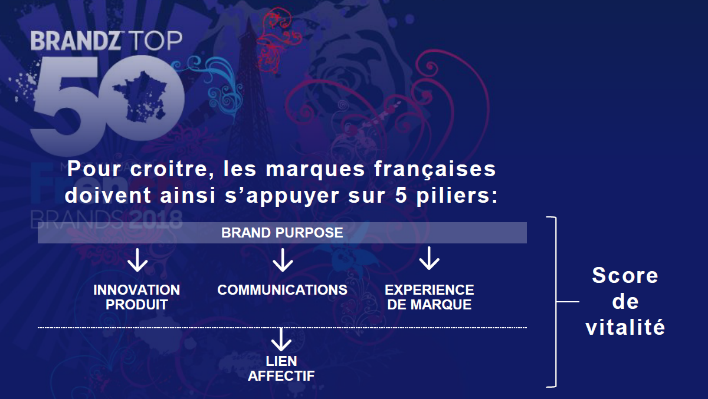
To conclude, we would like to add a final point that is just as important, in our opinion; it is about the identity of your brand, which acts as the link between the 5 ‘Vitality quotient’ criteria. In an age where images replace text, where our attention spans are dwindling, where each day a myriad of new brands emerge, you must be able to identify the codes, the graphic area, the tone of voice and the icons that best express who you are, and what commitment and what meaning you bring in a unique and immediate way, in order to strengthen the mental recognition of your brand.
To illustrate this statement, here is an interesting study, with instant and valuable results, that was carried out by signs.com:
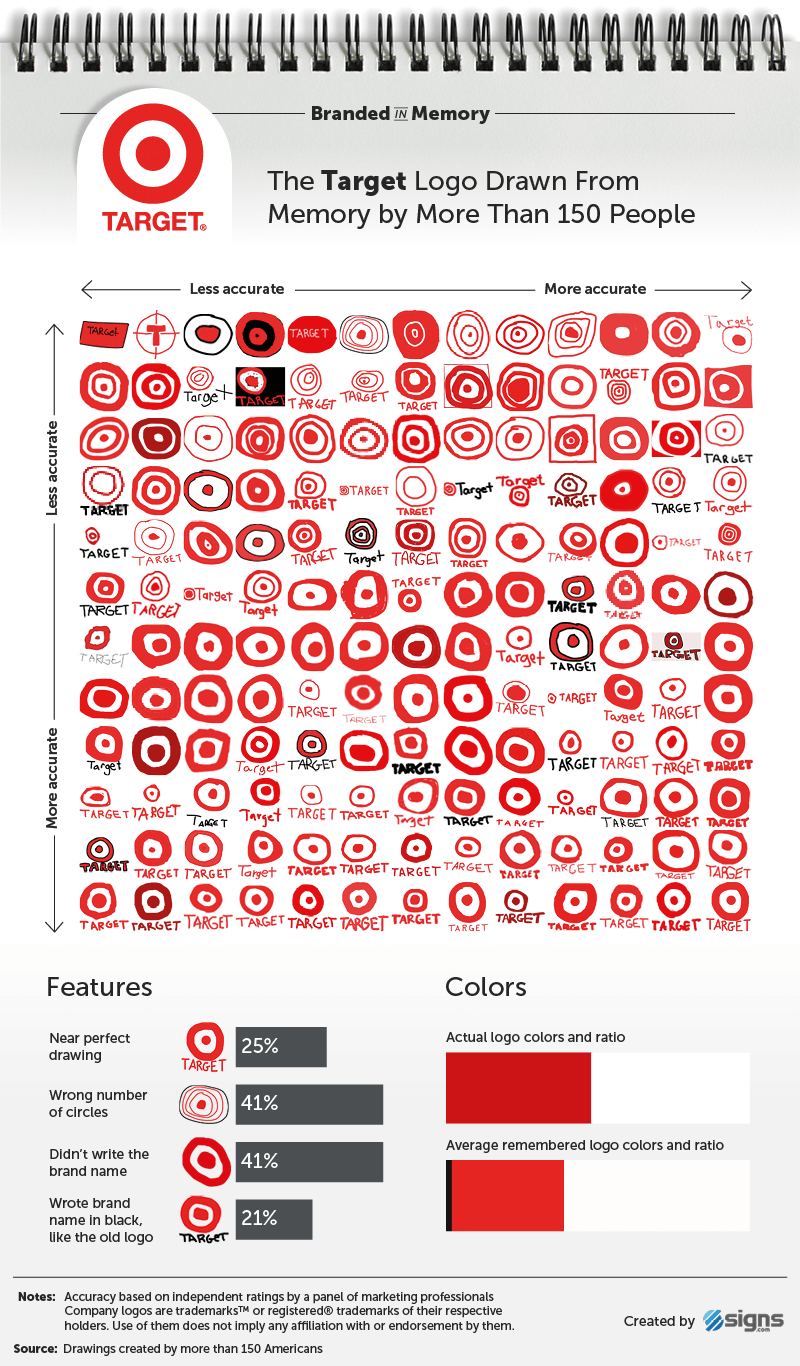
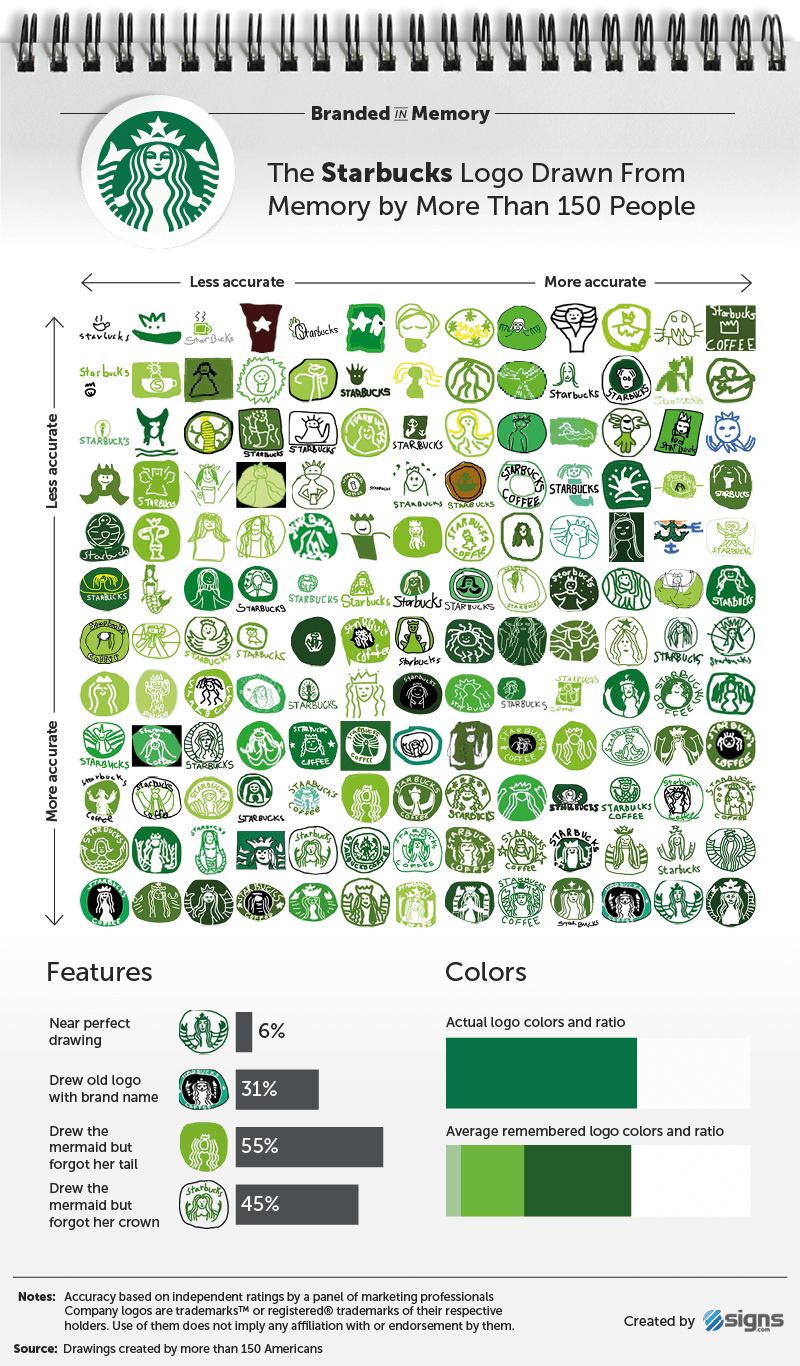
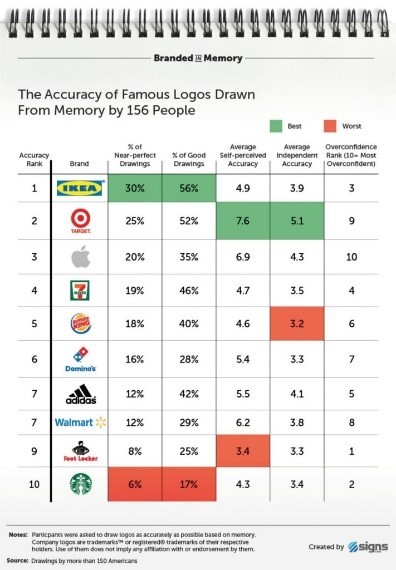
Read this article on Influencia
By Léa Vantours and Charles-Louis Mazerolles, Brand Strategists at CBA Paris.
